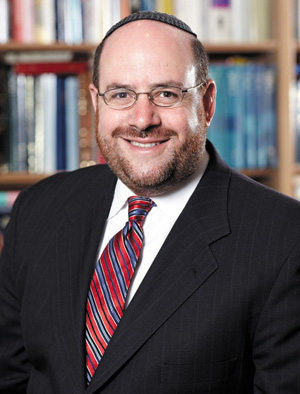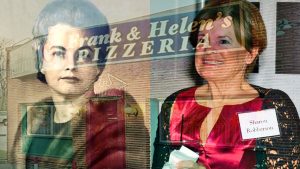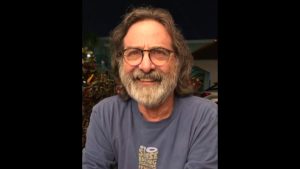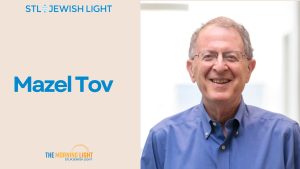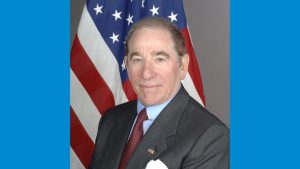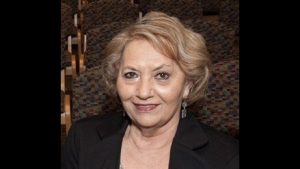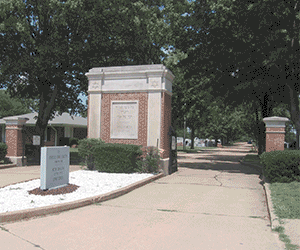Conservative Judaism leader talks mergers, movement’s impact
Published August 14, 2013
Rabbi Steven Wernick, executive vice president of the United Synagogue of Conservative Judaism, was in last week for a visit to the area. The Jewish Light caught up with him at Congregation B’nai Amoona for a conversation on the future of the Conservative Movement.
Conservative Judaism has long been the middle road and it has lost membership over the years after being the largest stream. Where do you see the movement right now? Is it growing or shrinking?
I’d rather talk about impact. Conservative Judaism continues to have amongst the most profound impacts on the greater Jewish world out of all the streams. One can see that in the work today of those who grew up in the Conservative Movement. In the recent New York Jewish Population Survey, it showed that greater than 60 percent of Federation support came from people who grew up in the Conservative Movement. AIPAC’s figures are that 50 percent of the Jews who attend their conference come from Conservative synagogues. AVI/CHAI did a study on Jewish leaders under the age of 40 and what they found was that 49 percent of them grew up in Conservative Jewish institutions.
Interestingly, if you dig a little deeper, 90 percent of that 49 percent were day school students from Solomon Schechter day schools…The story is not ‘what is the size of a movement?’ but ‘what is the impact of that movement and how that impact pays forward.’ What we see today is that the Conservative movement is not what it once was but its impact continues to be as great if not greater than it was previously. The challenge is how to maintain that in such a way that the impact (continues to) grow.
Young people often leave synagogue life in their 20s and return when they have kids. How do you combat that and keep them at the congregation continuously?
It is time for a paradigm shift in the nature of congregational life in North America. In the 1940s-60s, synagogues were focused primarily on lifecycles of families with children. You had more of the so-called nuclear families with two parents, 2.4 children, a dog and maybe a cat. I saw recently that less than 20 percent of the Jewish world today exists in that kind of a nuclear family.
Family life has changed. There’s a longer period than we’ve ever experienced before from high school graduation to getting married and having children. Synagogues have to respond to that. It’s not about programming. In the past, synagogues could assume that people would affiliate in order to participate. It’s now about really focusing on building lifelong relationships in a way we haven’t focused on it before.
How do synagogues go about doing that?
Part of the work United Synagogue is doing today is helping synagogues to understand how the world has changed and to have meaningful conversations about the implications of those changes and to develop strategies that will work for their particular community …We need to stop viewing synagogues as clubs (with) membership but rather thinking in terms of what’s the vision, mission and strategy of the synagogue and how do we engage people in such a way that they will support that vision, mission and strategy.
We’ve seen a lot of tendency towards merger and collaboration as infrastructure proves to be too expensive for shrinking populations. Do you see this as affecting Conservative Judaism?
In this modern, technological, networked world, collaboration is essential. If you are not leveraging your strength with another organization’s strength, then it is just going to be that much harder to be successful. Part of it is just sheer demographics and geography.
So while mergers may be inevitable, do you think they are good?
Yes. In certain areas, you just don’t have the numbers to support what we once upon a time did so we have to bring communities together so they can become stronger and have shared resources. Also, when you are talking about mergers, especially in this environment, it’s a great opportunity to think about not just how do we bring two suffering synagogues together but how do we bring these synagogues together, re-imagine what we do and how we do it and create a new paradigm for what Jewish life can be through this form of Judaism.
Does Conservative Judaism have a strong identity? How do you see that issue?
I’m more interested in Jewish identity rather than people walking around as card-carrying members of a particular religious movement…We have to do a better job of getting [those who have committed to Jewish life] to remain committed to and support the institutions that nurtured them. What matters is that we’re engaging Jews through this type of Judaism, continuing to build and add meaning to their lives (by) impacting them as individuals and hopefully inspiring them to impact the rest of the Jewish world.
How do you see the Conservative Movement in St. Louis?
The merger between BSKI (Brith Sholom Kneseth Israel) and Shaare Zedek to become Kol Rinah is a wonderful opportunity…Geographically, you have B’nai Amoona in the suburbs and Kol Rinah [closer to] the city…I think that it is a good balance of size and type of synagogue. The challenge for Kol Rinah is to create a new mission, vision and strategy on what success looks like for the next 20 years and how they can develop the types of activities and engagement that will lead to that success. It’s not enough to just say, financially, it is good that we come together.



